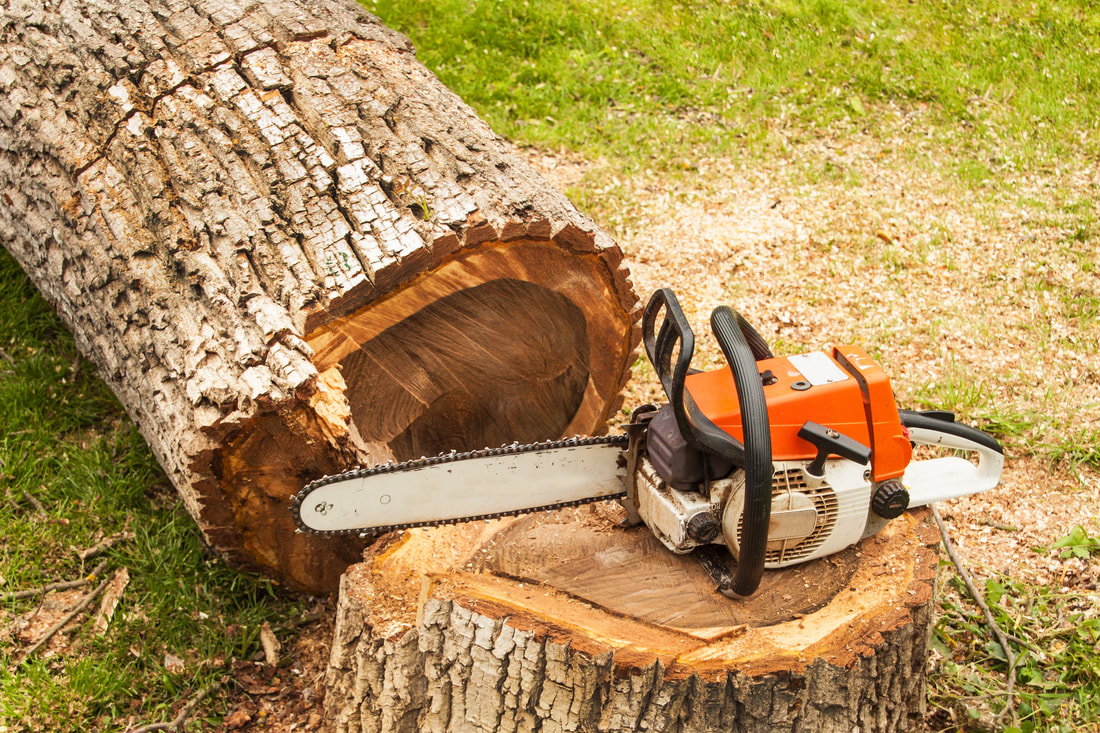Tools You Will Need To Do Your Own Landscaping
Whether you love to take long walks in the forest, dance with wildflowers in a field or dangle your toes into a cool babbling brook, you can bring all the elements of your favorite locales into your own yard through creative landscaping. Read on for helpful hints, which can give you the inspiration you need.
Make a sketch of your landscaping project ideas before you start digging. This will give you a visual idea of what you want, how it will look, and what kind and amount of materials your project will require. It's way easier to do a drawing than to actually get physically started.
Plant things that are native to your area. These are easier to tend to since they are already used to your climate. This means you can almost ignore them and they'll still thrive. You could find information on plants that are local to the place you live by going to a local gardening store.
Before choosing a type of grass for your yard, consult a local landscaper. There are many varieties of grass seed and sod, and some will do better than others in different areas of the country. Some grasses prefer heat, while others need a dormant cold period. If you do not choose the right variety, you will spend a lot of time trying to maintain your yard.
Consider growing a hedge or bamboo plants to add privacy to your hard. Bamboo is a hardy grass, and it grows very quickly. It can add a lot of beauty to your property, and also give you a privacy barrier from neighbors or noisy streets. Just be cautious when growing bamboo as it does grow very quickly, meaning you will have to prune it regularly to keep it from becoming over grown.
If you live in a part of the country that is at risk for wildfires, choose landscaping projects accordingly. For example, trees should be planted at least 100 feet apart. Additionally, large trees should not be planted less than 100 feet from your house or other building structure (garden, shed, workshop, etc.).
When you are choosing trees to add to your landscape design, be sure to consider how large they will eventually grow. A six foot cedar tree can easily grow to 20 feet in a few short years. Do some online research, or ask a nursery for ideas on trees that will grow to approximately the size you wish to have.
Instead of sticking with the traditional straight edging, add some curved borders to your landscape. Such designs offer greater visual interest than rigid, straight borders might. When people look at your property from the sidewalk, the curving lines of these borders will look more natural in contrast with the geometric lines of your home and driveway.
Be aware that your lawn still needs to be taken of when in the fall, and winter months. You should still be watering your lawn until the ground freezes. By not doing so, your grass could actually die. However, if you are in an area that gets a lot of rain in the fall, or winter, you may not need to water it.
Speak often with your neighbors and friends about your landscaping plans. They may also want to do work on their yards, and you may be able to go in together to rent things like chippers or tillers. By sharing this equipment, you will all save money and be able to get your work done.
Minimize your workload by eliminating excess flower beds, and borders. These additions to your landscape can be a haven for weeds, and hard to cut grass. By replacing them in your landscape plan, you will decrease the attention needed for weeding and unpleasant maintenance. Look for less cumbersome additions to your lawn.
If you want to change your landscaping, consider using plants that are native to your area. These types of plants are pests immune and drought resistant. This means you will be using less water for upkeep of your landscaping and less pesticide. It will also help you with lowered fertilizer costs because these plants are adapted to the soil in your area.
Plan your landscape well. The best landscaping projects begin with proper planning. To properly plan a landscaping project begin by drawing the dimensions of the area to be landscaped to scale using graph paper. This diagram will include plotting the locations of any structures in the area including established plants, water features and walkways.
Even if your dream is a rainforest jungle, you can take elements of your favorite places and build them into your yard in ways which stay on budget and yet, give you an amazing look. From hanging plants to potted trees, the tips in this article will help you draft the plan you need to succeed, but only if you use them!

